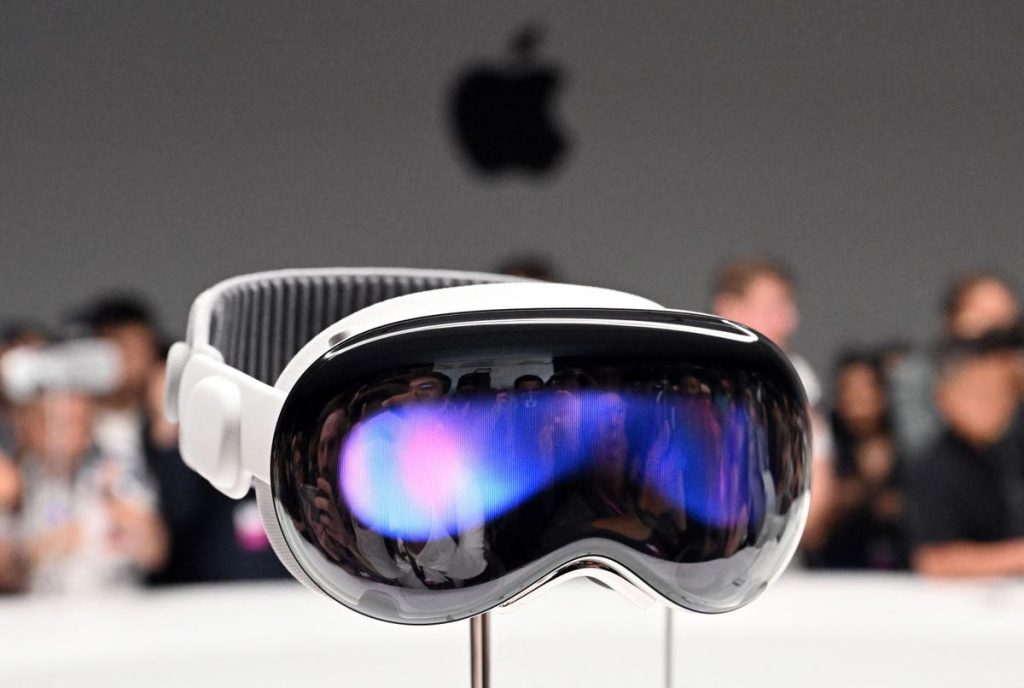Last week Apple introduced its new Vision Pro headset and placed its stake in the ground of what they call spatial computing. I wrote about this new headset last week and included my view of it after I used and tested it in person.
Since then, over 10,000 media stories and hundreds of special reports from industry analysts, financial analysts and even Apple competitors already in the XR market have been published and shared.
The most interesting stories were from people who got to try out the headset and came away from the demo, awed by what they saw and experienced. Many also pointed out Apple’s challenges with bringing a $3499 product to market and questioned the target market for the Vision Pro and how Apple could even scale this device.
I did over two dozen media interviews on the subject. Many know that I have been following Apple for 40 years and wanted my take on the Vision Pro, its potential, and even how it fits into Apple’s long-term vision.
If you follow tech, you have undoubtedly read multiple stories about Apple’s Vision Pro. The stories about this product run the gamut from being a fantastic product with great potential to being DOA because of size, weight and cost.
The Vision Pro demo experience blew away those who tested and wore the device. Of course, those who saw it were less than 100 people in the media or with special connections to Apple.
As I read dozens of these stories and analyses, most only looked at Apple Vision Pro from a myopic viewpoint and missed the bigger story of what this product is and how Apple will drive it to success.
When the iPhone came out in 2007, most made a similar mistake. Steve Ballmer of Microsoft dissed it. The CEO of Blackberry had the same view. They only looked at it as a hardware device, different from what it was and would become over time.
After the iPhone event, I spoke with a reporter from ABC News who asked my opinion about the new iPhone. I told him that the iPhone was more than a smartphone. It was a platform for Apple to build on to give customers new experiences with a handheld device.
I based this analysis on Apple’s success with the Mac. It, too, was dissed by many during its launch in 1984.
However, the Mac not only introduced the masses to a new GUI interface but also became a canvas for software developers to create new programs that could never have been created on a Windows DOS platform.
Indeed the Mac birthed desktop publishing thanks to a product called PageMaker from Aldus. This software alone helped create a whole new industry around personal publishing, and as they say, the rest is history. Interestingly, by 1989, Apple put a CD Rom in a Mac, and again it birthed multimedia computing.
The Mac created a platform for the geniuses in software to write new applications, which helped Apple influence the overall market to go beyond text-based operating systems to graphical interfaces.
That is why I did not see the iPhone as just another smartphone. I knew that Apple saw it as a platform where their brilliant software developers could create new and exciting applications that we could not have dreamed about then. It also launched the GIG economy by making ride-sharing possible and a host of new ways to use smartphones beyond what was available before the iPhone launch.
Now Apple has introduced another computing platform based on the Vision Pro hardware. Like the Mac and the iPhone, it has its own OS, and Apple will soon release a dedicated developer kit for this new spatial computing headset.
And just like they did with the Mac and iPhone, it will also map a similar path where software developers will create apps we have yet to even consider.
People also forget that when the Apple II came out, its baseline price was $1298 (Inflationary adjusted price for 2022 would be $6268.) And the Mac launched at a price point close to $3000. Yet these products were instrumental in helping to grow the PC industry. Even the top-line iPhones are well over $1500 today. And the iPhone launched the smartphone industry.
While it is too early to declare that the Vision Pro will be successful, it is destined to follow the same path Apple has used to make the Mac, iPod, iPhone and iPad a big success. It is an exceptional piece of hardware with new features to deliver a more immersive and fundamentally new computing experience. And the 3D camera will provide a plethora of new ways to capture images and video. Then the software developers will create brilliant apps that take full advantage of this new technology platform and surprise us with applications we could not even dream of today.
This formula for success has worked for Apple so far. It would be hard to bet against it working again for them, given Apple’s track record of success with this approach to disrupting and defining new markets.
Read the full article here










